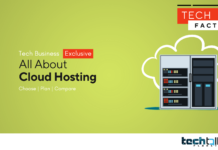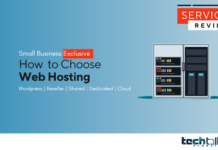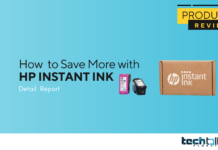
Email is a critical communication tool for most businesses. But it’s also an easy way for cybercriminals to access sensitive data.
The list of potential threats is long, from common threats like spam, phishing, and ransomware to advanced targeted attacks such as wire transfer phishing and business email compromise. Fortunately, there are ways to protect against these risks.
1. Encryption
Email is an essential business communication tool, but it can also be an ideal delivery mechanism for malware. Malware, or malicious software, can corrupt files, steal sensitive information and encrypt data. Email is also a popular vector for phishing attacks, which attempt to trick employees into giving away confidential information or making payments through compromised sites.
Fortunately, organizations can take several effective email security measures to protect themselves from these threats. These include encryption, spam filters, anti-malware software, and two-factor authentication.
Encryption encodes digital content to ensure that only those with the appropriate encryption keys can access it. Encryption is used by various online services to keep personal information private, including emails and text messages, bank details, cloud files, and more.
Spam filters are another essential email security measure because they prevent the distribution of unsolicited messages. These systems typically use a combination of rules, algorithms, and machine learning to identify malicious attachments or links. Some solutions even include sandboxing, which allows IT professionals to isolate and analyze suspicious extensions in a secure environment without impacting the rest of the network.
Anti-malware software is a critical email security measure because it helps to detect and eliminate malware from inbound and outbound email communications. Most comprehensive email security gateways have features like web reputation tracking, document exploit detection, and custom threat intelligence to weed out sophisticated attacks before they reach endpoints.
2. Multi-Factor Authentication
A business that relies on email is a prime target for cyberattacks. From malware and phishing to business email compromise (BEC), attackers leverage these vulnerabilities to steal data, cause damage, and disrupt operations.
As a result, businesses need to prioritize their security and take measures that can help them mitigate these threats. This starts with ensuring that passwords are strong and multi-factor, so attackers can’t access sensitive information simply by stealing a single credential.
Also known as two-factor authentication (2FA), multi-factor authentication requires users to verify their identity in multiple ways instead of just a username and password. For example, MFA can need users to enter their password and prove their identity via an OTP sent to their smartphone or by answering a security question.
MFA helps prevent many of the most common email security threats, such as scams and reply-to-pivot attacks. In addition, using MFA can help avoid other threats like payment redirection and supplier invoicing fraud from compromised accounts and detect attacker tactics such as malicious IPs and impersonated suppliers.
3. Spam Filters
Email is meant to be open and accessible, but attackers have exploited this accessibility to steal sensitive information. Attackers use malicious software to choke your servers, brute-force your website, and extract content from programmable devices, all of which can be hidden in legitimate links or attachments. Email is a primary threat vector in 5-10% of data breaches, so your business must protect itself with multiple layers of defense.
In addition to spam filters, you should consider an antivirus solution. It can stop attacks by identifying malware within a file and alerting you to the problem. Moreover, antivirus software will prevent the spread of malware to other computers and networks.
Many businesses focus on scanning inbound emails for spam, but scanning outbound messages is equally important. Cybercriminals often hack business email accounts and use them to send out bulk spam emails, and checking outbound messages can help prevent this.
Basic spam filters can examine an email’s header to see if it’s coming from a known spammer. In contrast, advanced filters can verify the legitimacy of the message’s origin point using the information in the email’s body or attachments. For example, a filter can learn to identify spam more accurately by observing how frequently you mark an email as spam and apply this to future attempts to reach your inbox.
4. Antivirus Software
Antivirus software is a computer program that searches, detects, prevents, and removes virus software from your system. This program works in the background to scan incoming and outgoing files and code and flags those that are similar to already-known viruses or malware. It also identifies suspicious behavior that could indicate an attack is occurring, including changing or deleting files, remotely accessing computers, spying through webcams, and other activities.
Viruses are just one of the many types of cyber-attacks that can be launched through email, such as spam, phishing, ransomware, and more. Implementing email security best practices and using antivirus software can help reduce the risk of these threats.
Final Words
Antivirus programs can protect your business from threats by filtering out spam and pop-up ads, blocking access to harmful websites, and quarantining infected files. They can also identify and stop attacks, including reply-to pivots, fake supplier domains, and other tactics to steal money from businesses.
These emails often come through the finance department, where sensitive information is exposed, and a malicious file can be downloaded. An email security solution that blocks many cyber attacks. It also enables you to monitor for other types of email fraud, such as payment redirects and supplier invoicing fraud.














































